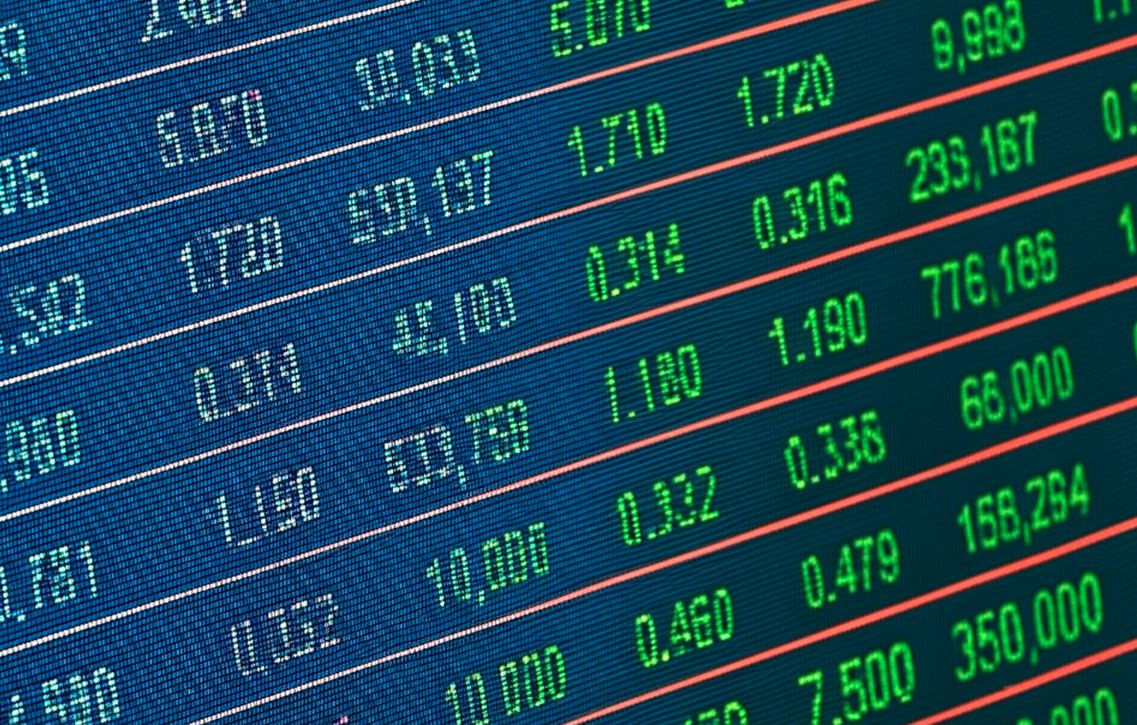The Martingale Strategy in Trading: A Cautionary Tale
A seductive promise is made in the guarantee of winning back all that’s been lost with a single win. That is the lure of the Martingale system, a system that was transplanted from 18th-century French casinos into today’s world of financial trades. The fundamental concept sounds reasonable—doubling up on losses in the hopes of, in due time, winning all those losses back—before it is tested on real market conditions, it falls apart. What appears to be a structured recovery system is a ticking time bomb in disguise. Steady-returning investors might consider placing their bets twice on this high-risk master plan.
What Is the Martingale Strategy?
On the face of it, the Martingale system is stylishly simple. You begin with a small wager and when that one loses, you double up with the next and you keep doubling up with each subsequent loss and when a winning wager finally comes along, it pays out all losses and adds on top a gain the same size as that first stake. This thinking relies on the assumption that market cycles rebound, which is also what gamblers think when they keep staking on red following five blacks in the Roulette.
But markets are not binary; unlike a fixed-odds roulette wheel, the price in the market is not concerned with your previous action. It does not owe you a turnaround. This is when Martingale players are usually burned.
Where Casino Logic Collides with Market Reality
This is all founded on the psychology of risk and the perception of control. Sites such as Casino Bonus CA offer alluring reward systems, reflecting the emotional journey speculators experience when doubling up on a losing bet. It is not hard to see why systems like Martingale, which attempt to impose control on randomness, gain traction with gamblers.
But here’s the harsh reality: in the markets, several losing trades in a row can do severe damage even in a well-capitalized account. Beginning with a small $100 position, you’re facing $200, $400, $800 and on. At the seventh trade, you risk $6,400 to cover a $100 loss. And the further you get, the less flexibility you have. If you make one further mistake, you might not have sufficient margin to open the next position, much less be able to stay sane.
Drawdowns and the Black Swan
The most significant risk with Martingale is not the math—it’s the unforeseen. Black Swan occurrences, those infrequent yet significant market shocks, tend to wipe out even the most focused approaches. An illogical trend, a shock geopolitical event or a flash crash can extend a losing sequence longer than anyone can imagine. And when that does occur, Martingale is not merely useless—it’s fatal.
Drawdowns deepen further than expected and the recovery required is impossible. In this situation, the trader usually has two options: get out with gigantic losses or continue doubling until the account bursts. Both result from a system premised on the belief that the market will behave. However, as anyone has learned from past experiences, the market does not always behave.
Why Risk Management Breaks Down
Martingale’s worst fault is how it warps risk. Rather than diversifying risk evenly or hedging against volatility, it compels investors to bet increasingly greater amounts of capital on a losing position. This creates an exponentially greater risk with no promise of recompense.
Retail traders in particular get themselves into this situation. They might get through two or three doubling efforts with limited account balances, but they won’t get past that. Margin calls, platform restrictions or just exhausting their capital are inevitable. It’s not even purely financial risk—cognitive anxiety of watching large sums ride on their decision-making can blur judgment and open doors to impulsive behavior, snowballing the issue further.
Conventional risk management rules—such as employing stop-losses, diversifying the trades and risking minimal amounts of capital—are ignored. Martingale has no regard for prudence and rewards obstinacy rather than strategy.
Is There Any Use Case for Martingale?
There is a myth that algorithmic systems or professional traders can successfully apply Martingale variants, but even those uses are limited and tightly controlled. Quantitative models may employ Martingale-scale entry, but do so in limited parameters. They are not genuine Martingale plays—they are equipped with hedging, fail-safes and probabilistic forecasting tools that limit risk.
They also use institutional capital, not a personal $5,000 account. For most individual traders, the advantage on which those systems are built is not an option. So one is tempted to think that there is a “smarter” Martingale out there, but everyone knows it usually sends one down the same painful road—high risk, decreasing returns and eventual failure.
Smarter Alternatives to Martingale
Instead of leaving your strategy in the hands of a math-based recovery system, look at the long term. Great traders develop systems that function on hundreds of trades, not the next one. They are flexible and agile and treat each trade as one system component. Martingale only concerns itself with the last loss and the immediate recovery. It provides no avenue for subtlety, expansion or actual strategy creation.
If there is any lesson in the long-standing popularity of the Martingale, it is that simplicity and certainty prove stronger than sustainability. But speculating is not in the business of recouping losses—it’s in avoiding unnecessary ones in the first place.

